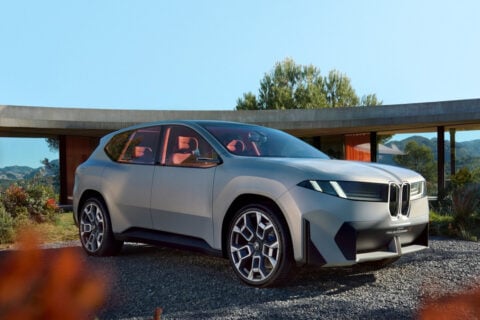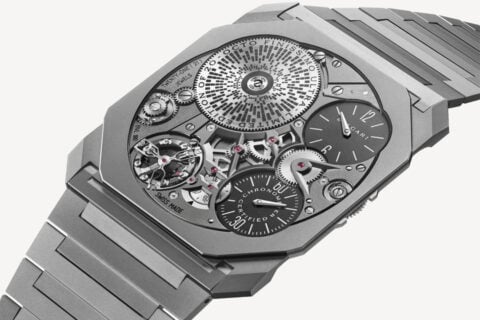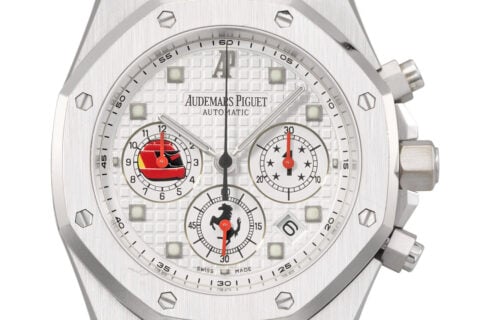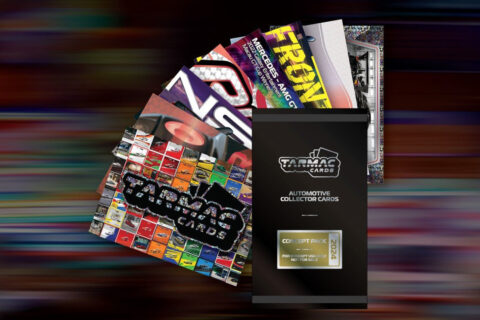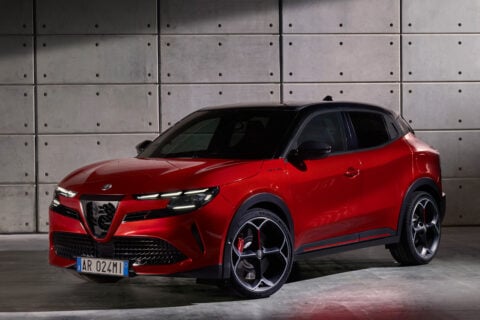After much long-awaited anticipation, Ferrari has finally launched their beautiful SF-70H to take on the best for the 2017 FIA Formula One World Championship crown.
Designed and built by Scuderia Ferrari, the all-new SF-70H is born out of the major regulation changes for the 2017 F1 season, which granted substantially more aerodynamic downforce and mechanical grip. The team’s 63rd single-seater features a lengthened nose and an arrow-shaped front wing, a distinctly prominent fin on the engine cover and a host of more complex aero appendages ahead of the air intakes on the sidepods, whose unusual shape was designed in harmony with the front crash structure.
Regarding the aerodynamic concept, the Gestione Sportiva group has concentrated its effort on finding the right compromise between downforce and resistance. The SF-70H design team had to consider the mandated new Pirelli tyres which are much wider than in the past, by six centimetres each at the front and eight at the rear. This increased frontal area constitutes an “air brake” limiting top speeds as does the increased downforce coming from the 2017 specification front wing, floor and diffuser. As a result, the combination of greater mechanical downforce and the bigger footprint from the tyres translates into increased grip, leading to higher cornering speeds but perhaps slightly slower top speeds.
Regarding the power unit, the SF-70H’s revised 062 engine is a definite step forward compared to its predecessor when it comes to overall lap time performance. The Scuderia altered the positioning of some of the hybrid power unit’s mechanical components for increased heat durability and packaging requirements, while other parts maintain a similar layout to its predecessor. Besides performance upgrades, complying with new competition rulings brought additional challenges as well. The primary concern is that the amount of fuel that can be used by each car during the race. With the predicted 10 percent gain in performance, and with a greater percentage of each lap spent at full revs, the permitted amount of fuel has increased from 100 to 105 Kg, despite the flow rate remaining fixed at 100 kg/hour.


